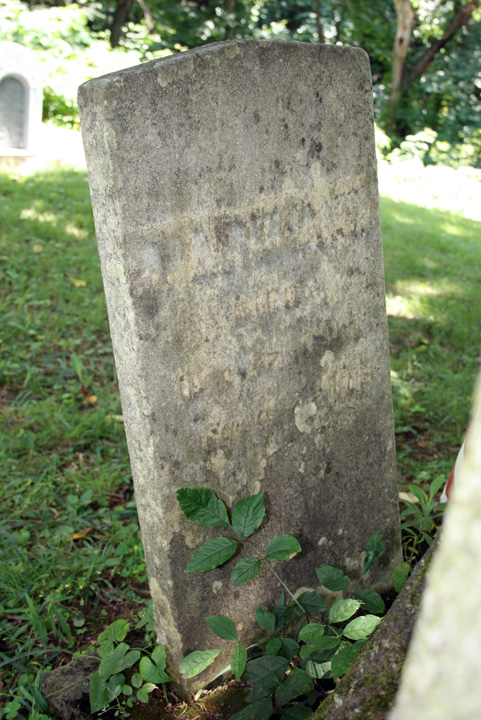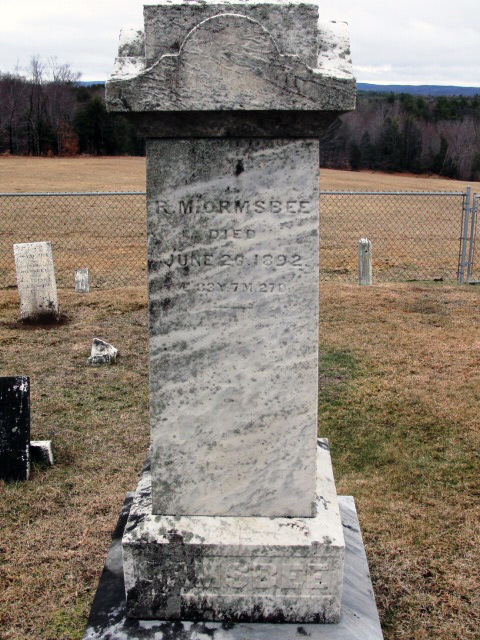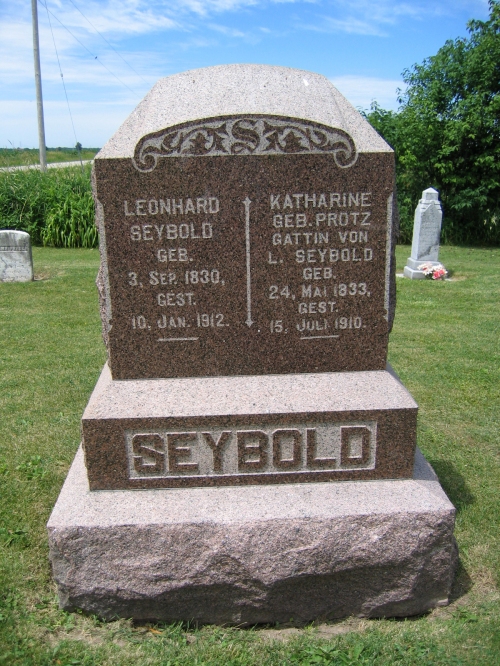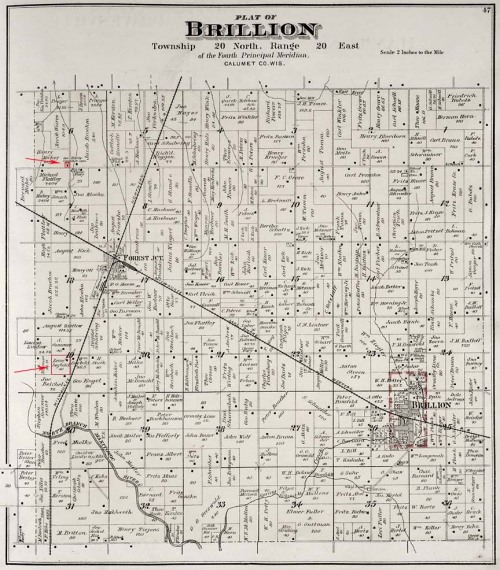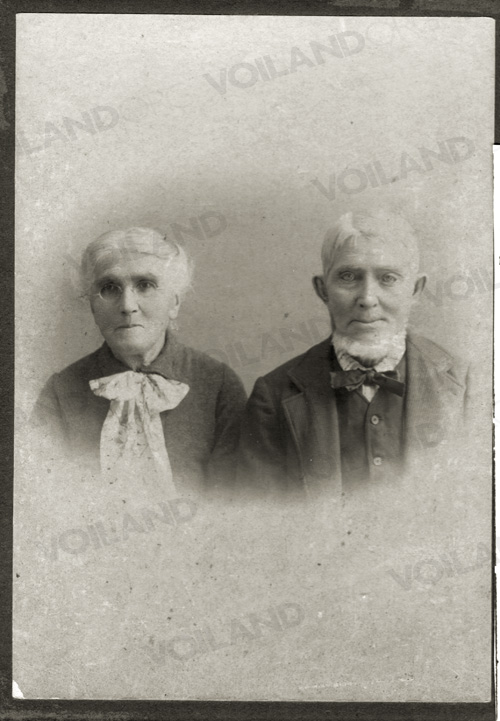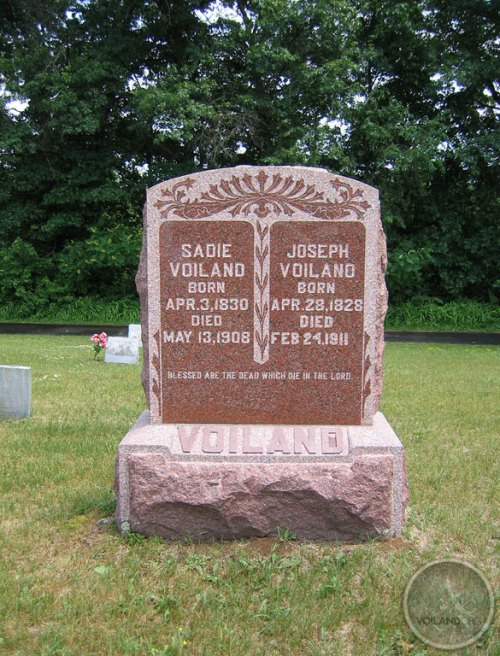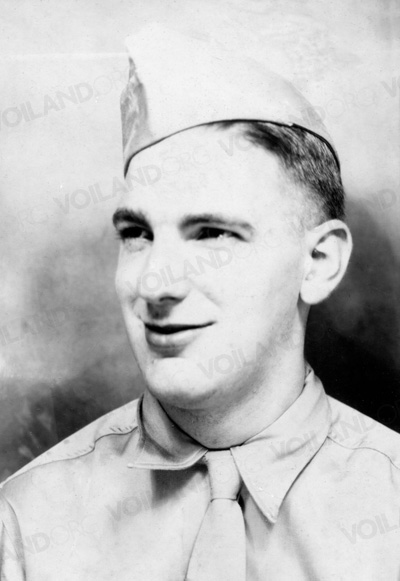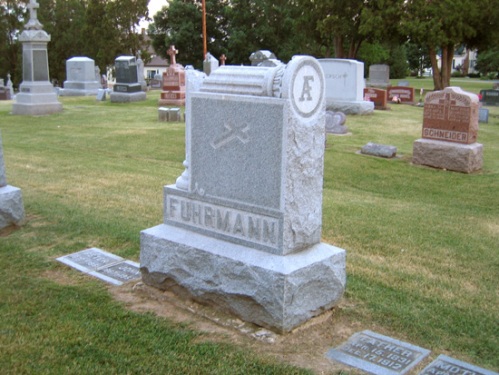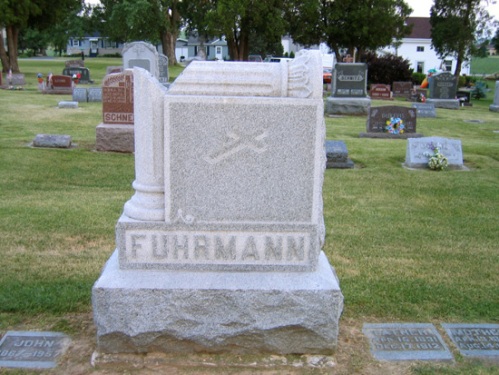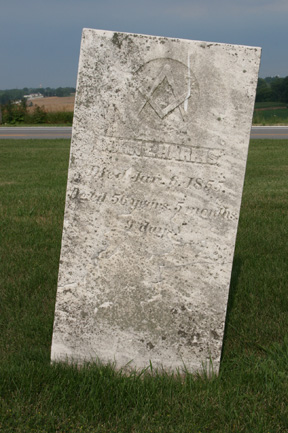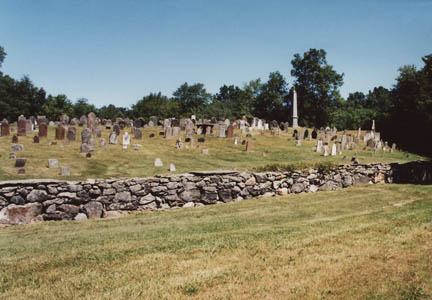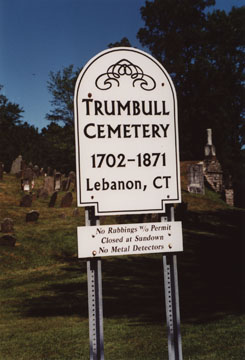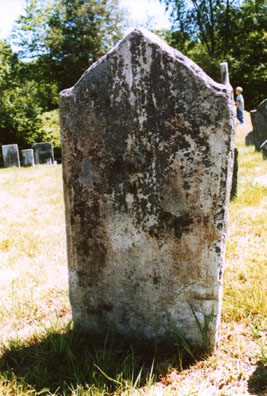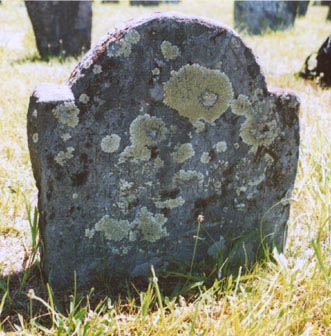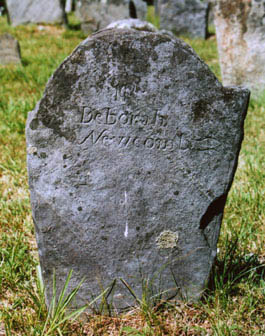
The Protestant Cemetery of Florence, called the “English” Cemetery, is located in Florence, Italy. Because it was a Protestant burial site, it was placed outside the medieval city walls. The cemetery stood on the top of a hill where Florentines would go in the early 19th century to watch ball games played on the adjoining piece of flat land.
In 1827, the Swiss Evangelical Reformed Church purchased the land. It was enlarged in 1860, after the purchase of an additional parcel of land. It is called the “English” Cemetery because the majority of the tombs belonged to English people who resided and died in Florence.
The layout of the cemetery is simple – two main gravel paths running at right angles to each other, with a column erected by Frederick William of Prussia in 1858 at the point where the two paths meet. The graves are not laid out in regular ordered rows as in Catholic cemeteries, but in a romantically landscaped manner, creating a natural feel that is accentuated by the lie of the land and the presence of a variety of trees and shrubs. It’s present oval shape came about in 1870 as part of the “Florence Capital” plan. This included the building of city ring roads, the creation of the artist district and various works of landscaping, with the cemetery standing as an island at the center.
The cemetery closed in 1877 when Florence became the capital of Italy and the medieval walls came down. Roman Law made it illegal to bury within city limits. For a century and a quarter, it remained locked and the tombs neglected. It opened to the public eight years ago, and restoration funds are being actively raised. Although no bodies can be buried there, ashes still can.
For many years the entire area was doused with weed killer, but today the effort is to restore the cemetery to the 19th-century garden it once was. Weeding is done by hand to protect the tombs, and replanting is being carefully managed.
Among the well-known buried there are the poet, Elizabeth Barrett Browning, sculptor Hiram Powers, and English novelist Frances Trollope. Richard Hildreth, an American journalist, historian and anti-slavery activist, is also buried in the English Cemetery.

He is a distant cousin of mine. Hildreth was born on June 28, 1807 in Deerfield, MA. He graduated from Harvard, studied law at Newburyport and became a lawyer.
Having gone to the South in 1834, for the benefit of his health, he was led by what he witnessed of the evils of slavery (chiefly in Florida) to write the anti-slavery novel The Slave: or Memoirs of Archy Moore. It is almost certainly the first anti-slavery novel published in America. His chief work, however, was The History of the United States. The history is notable for its painstaking accuracy and candor.
Poor health forced Hildreth to retire from his writing career in 1860. In 1865 he moved to Florence, where he died on July 11th.
**The above cemetery photo is attributed to Samuli Lintula and is licensed under Creative Commons Attribution 2.5 License.

